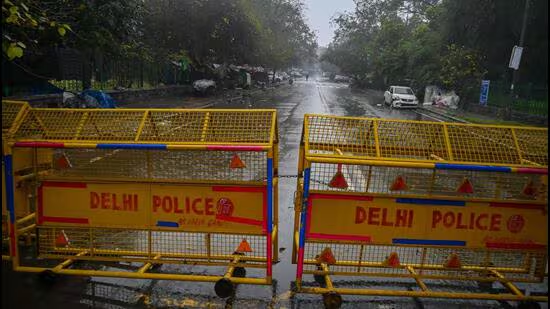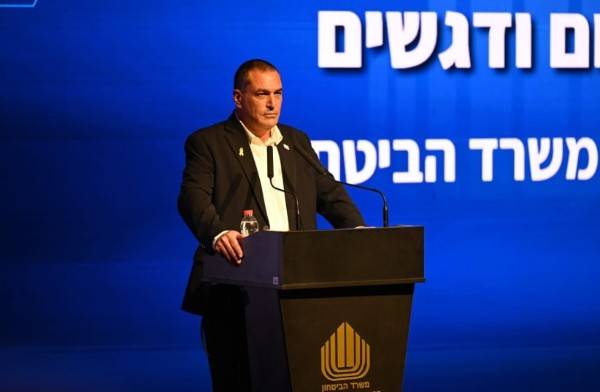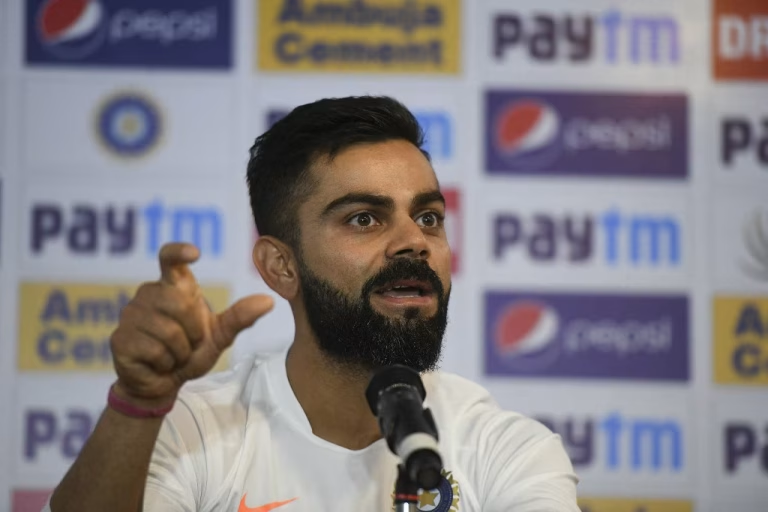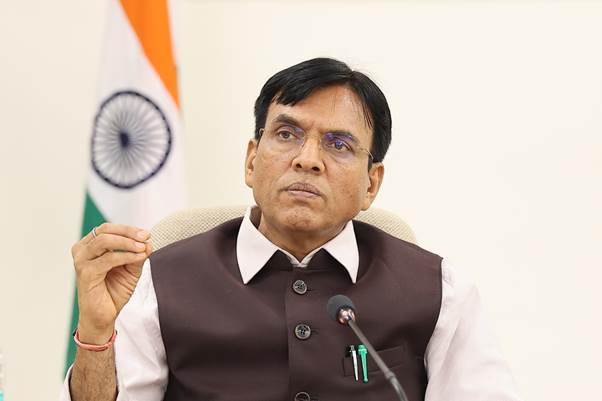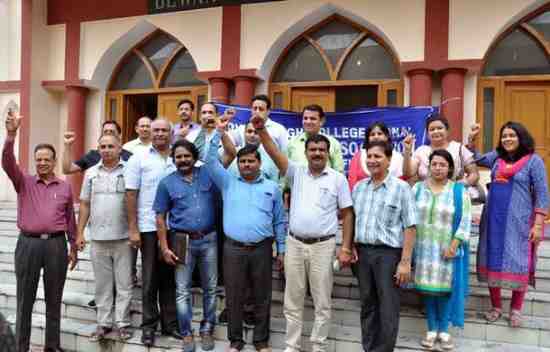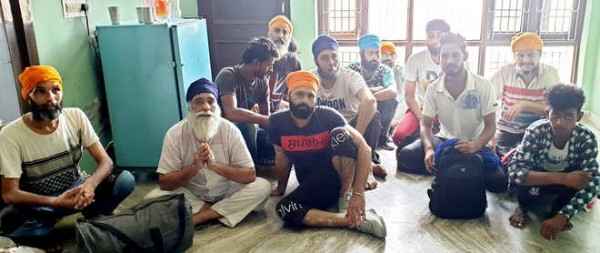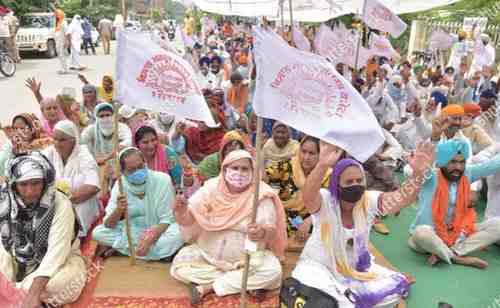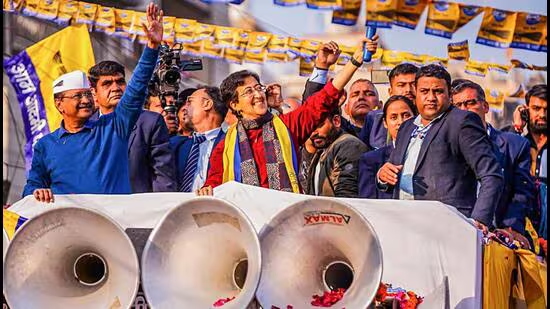New Delhi: A shocking crime unfolded in East Delhi’s Trilokpuri area, where a man was found stabbed in Trilokpuri, sending shockwaves through the local community. The gruesome discovery was made by residents, who immediately alerted the police. Upon arrival, authorities found the victim’s body bearing multiple stab wounds, suggesting a violent attack.
The police swiftly launched an investigation into the murder, and after preliminary inquiries, they apprehended a juvenile in connection with the case. Law enforcement officials have yet to disclose further details about the suspect’s role in the crime, but sources indicate that the incident may have stemmed from a personal dispute. The arrest of a minor in such a violent act has raised concerns about rising youth involvement in serious crimes.
According to reports, the man found stabbed in Trilokpuri was a local resident, and his body was discovered late at night near a secluded area. Forensic teams arrived at the scene to collect crucial evidence, while officers questioned local witnesses for possible leads. The victim’s identity was later confirmed, but police are withholding his name as investigations continue.
The juvenile suspect is currently in police custody, undergoing questioning to determine his exact involvement in the crime. Authorities are also probing whether the suspect acted alone or had accomplices. While motive speculation continues, early indications suggest that personal enmity or an altercation might have triggered the fatal attack.
This incident has once again highlighted the rising crime rate in certain parts of Delhi, particularly involving minors. Cases of violent crime have increased in recent months, prompting concerns about law enforcement measures and the effectiveness of crime prevention strategies. Local residents have expressed fear and outrage over the murder, demanding stricter policing and safety measures in the area.
The man found stabbed in Trilokpuri case has also reignited debates about juvenile crime and the legal framework surrounding it. While juvenile offenders are treated differently under Indian law, heinous crimes often lead to demands for stricter penalties. The Juvenile Justice Act allows for minors aged 16-18 to be tried as adults in cases of serious offenses, and authorities are assessing whether this case falls under that category.
As the investigation unfolds, police officials assure that all angles are being explored to ensure justice for the victim. They are also urging citizens to report any suspicious activity to help maintain law and order in the area. Meanwhile, forensic experts are analyzing the crime scene evidence, including fingerprints and weapon traces, to build a solid case against the accused.
The man found stabbed in Trilokpuri case underscores the growing need for crime awareness and preventive measures, especially concerning youth involvement in violent acts. As authorities work toward uncovering the full details of this tragic incident, the residents of Trilokpuri remain on edge, awaiting justice for the victim and hoping for stronger measures to curb such incidents in the future.

